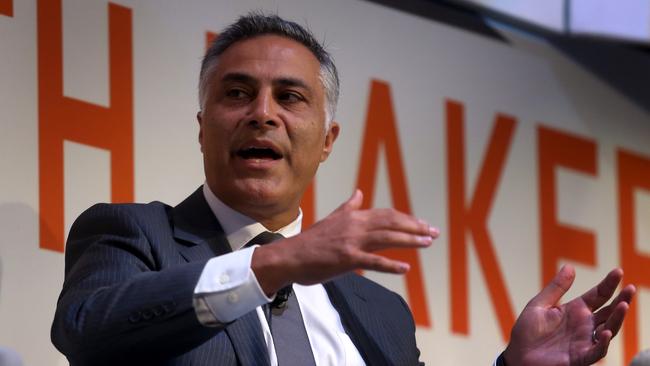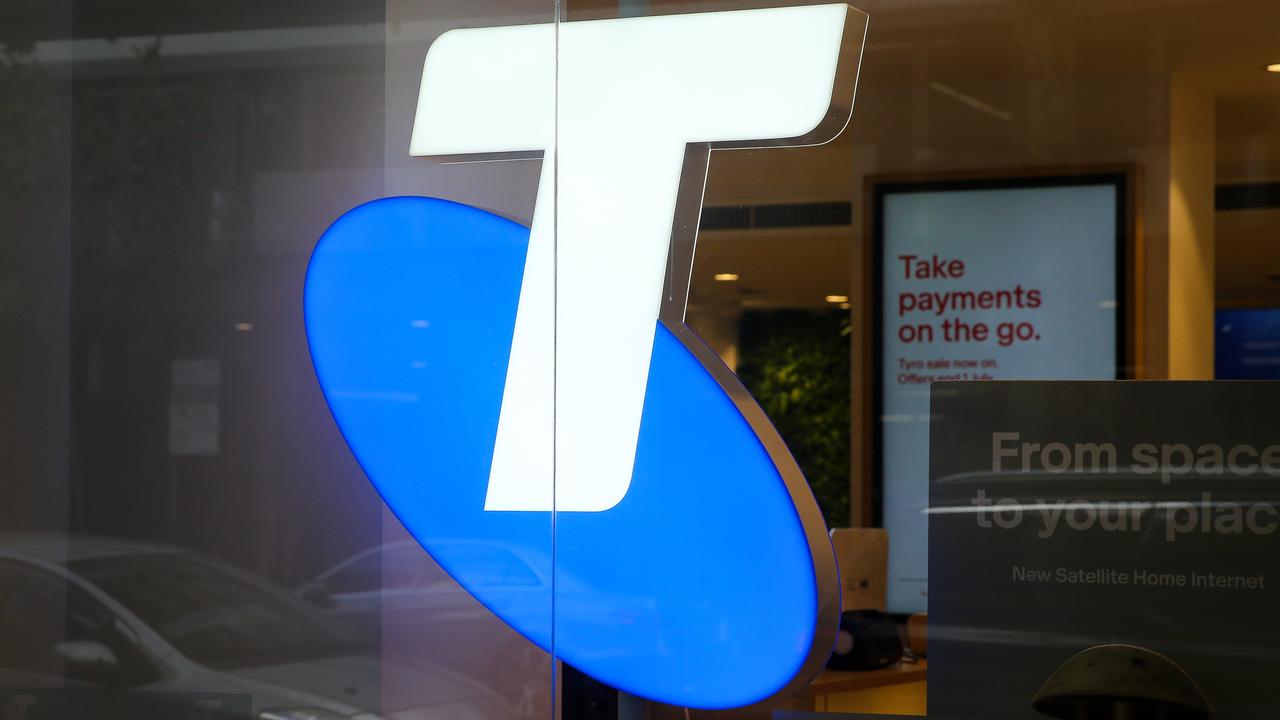Australia Post set to lose $1.5 billion on letters
AUSTRALIA Post is set to lose $1.5 billion on snail mail as letters become even more unpopular. But the publicly-owned company’s chief executive says this is good news.

AUSTRALIA Post is back in the black, unveiling a $36 million profit a year after posting losses of $222 million.
But what chief executive Ahmed Fahour has claimed as a triumph conceals the bare fact that our national carrier is still bleeding cash from its letters division.
While total revenues were up 3 per cent to $6.6 billion in 2015-16 on the back of a parcels boom, Australia Post is set to lose $1.5 billion on letters over the coming five years as snail mail becomes more unpopular than ever.
Letters declined by a record 9.7 per cent in 2015-16, bringing losses of $138 million. But a potential extra $300 million in losses was avoided by overhauling the division in January, when Australia Post unveiled its controversial new two-tiered pricing.
Mr Fahour said that, before the reforms, the publicly-owned company had been on track to lose $5 billion on letters in the five years to 2021.
“This is a $3.5 billion turnaround in less losses to protect the taxpayer from the decline in this particular service usage,” he said.
Mr Fahour defended Australia Post’s new two-speed letter service, which since January has split regular post into $1.50 per “priority mail” and $1 snail mail — which can take up to six working days to deliver. The 50 cent priority label must be affixed along with a $1 stamp.
He said the vast majority of non-business customers chose to stick with regular mail, while nine per cent chose the priority option, which takes up to four days. Only Express Post envelopes are now delivered the next day, at a cost of $5.75.
In a year of big changes and the inevitable customer complaints that go along with them, Australia Post appointed Christine Corbett to the new role of chief customer officer and Greg Sutherland as chief innovation officer.

Business and government, which buy high volume prepaid postage and account for 97 per cent of all mail sent, were opting for 70 per cent regular post and 30 per cent priority, Mr Fahour said.
“For every $1 increase in revenue, you will lose 25c in terms of the volume effect,” he said, citing the analysis Australia Post presented to the ACCC ahead of the reforms.
“Using those models, something in order of 1 to 2 per cent of volume decline can be attributed to price.”
He said business customers were hit with a price increase to an average 70 cents per stamp, while stamps for concession card holders and Christmas cards were frozen at 60 cents, the 2010 price, “to protect those people who are vulnerable”.
“We are also working with customers where they need digitisation ... Digital visits are up 25.3 per cent to 182 million,” Mr Fahour said.
He said the company was committed to redeploying staff affected by changes to the letters business, with no forced redundancies.
THE PARCELS BOOM
While letters have declined 43 per cent in eight years as Australians increasingly move their communications online, parcels are booming.
“The parcels business has performed well despite increased competition from overseas players,” Mr Fahour said.
He said Australia Post had “outperformed in difficult market conditions” to post an 8 per cent profit increase in its parcels division, with its future strategy “focused on our customers as they continue their love affair with shopping online.”
He said the company had invested in a “significant increase in capacity of our processing centres”, while implementing new parcel delivery options including parcel safe drop and redirection services for its four million MyPost customers — who had almost doubled in number on the previous financial year.
“We have been experimenting with drone deliveries and also identifying whether night deliveries may be more convenient for our customers,” Mr Fahour said.
“We also have an eye on the export market, whereby small businesses are looking to export to the world.”
This included a new strategic alliance with global logistics provider Aramex, and existing partnerships with Alibaba, Amazon and eBay.
“Our business is 207 years old, but we are more efficient and motivated than ever before,” Mr Fahour said.
“We have to continue to evolve to remain relevant and sustainable, so we can continue to serve customers and communities everywhere.”




